How Bare Feet and Flip-Flops Can Cause Your Fort Myers Car Accident Claim to Flop
 Flip-flops and bare feet are quite common footwear given the warm and sunny weather of South Florida. But just because it’s common doesn’t mean it’s without consequence. If you’re in a Fort Myers car accident while wearing loose shoes (like flip-flops) or none at all, that could be a real issue as discussed below.
Flip-flops and bare feet are quite common footwear given the warm and sunny weather of South Florida. But just because it’s common doesn’t mean it’s without consequence. If you’re in a Fort Myers car accident while wearing loose shoes (like flip-flops) or none at all, that could be a real issue as discussed below.
Is It Legal in Florida to Drive in Flip-Flops or Barefoot?
As Fort Myers car accident lawyers can explain, there’s nothing in Florida statute that expressly prohibits drivers from donning floppy footwear – or foregoing it altogether.
That doesn’t mean you’ll get off scot-free if law enforcement finds failure to wear proper shoes was a factor in the crash. In fact, it could result in a ticket for reckless driving or distracted driving.
For Florida injury attorneys, flimsy footwear can factor two-fold in crash cases:
- It could be part of what caused the accident.
- It could be cited in comparative fault claims for having made the plaintiff’s injuries worse than they would have been otherwise.
Risks of Flimsy Footwear in Fort Myers Car Accident
It’s not that sandals or other loose shoes are inherently dangerous for vehicle occupants, but they aren’t exactly safe either – especially for drivers.
One study found that flip-flops are more dangerous to drive in than heels, often making it difficult to brake safely. Flip-flops reportedly double the amount of time it can take for a foot to move from the break to the accelerator. Among flip-flop-wearing drivers surveyed, 27% said it caused some kind of problem while driving and 1 in 10 said their shoe got caught underneath the pedal while driving.
Shoes that provide support and stability are essential for safe driving. Open-heeled shoes like flip-flops have a tendency to slide over the pedal (especially if they’re wet). This could cause a risky delay in acceleration or braking if the shoe gets even momentarily stuck under the pedal. Also, if you take your shoes off while driving and keep them near the pedals, they easily get stuck underneath that way as well.
As for driving barefoot, you might be at slightly less risk of your foot slipping than if you’re wearing flip-flops or wedges. The human foot has a surprisingly natural grip – except when it’s wet. Also, barefoot drivers have to apply a greater amount of pressure to brake and accelerate.
Without shoes, you may also be more vulnerable to serious leg and foot injuries in a Fort Myers car accident. Continue reading





 Florida Personal Injury Lawyer Blog
Florida Personal Injury Lawyer Blog



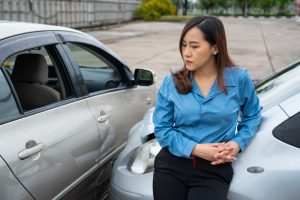 Recent changes to Florida’s tort laws have made it a bit tougher to successfully sue for crash-related injuries if you were partly at-fault. That said, you shouldn’t presume it’s pointless until you talk to a Fort Myers car accident lawyer – especially if your injuries were serious enough to require hospitalization or time off work. While the new comparative fault law certainly creates legal challenges, rarely are matters of personal injury entirely black-and-white.
Recent changes to Florida’s tort laws have made it a bit tougher to successfully sue for crash-related injuries if you were partly at-fault. That said, you shouldn’t presume it’s pointless until you talk to a Fort Myers car accident lawyer – especially if your injuries were serious enough to require hospitalization or time off work. While the new comparative fault law certainly creates legal challenges, rarely are matters of personal injury entirely black-and-white.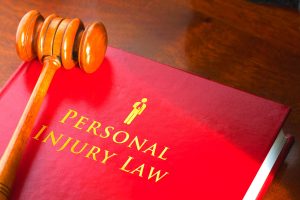
 For a teenager, that first set of car keys feels like freedom – at last! Parents, of course, usually have a different perspective. There’s often a great deal of apprehension around those first few driving years. Unfortunately, those concerns are well-founded, as the risk of Fort Myers teen car accidents is especially high for new drivers.
For a teenager, that first set of car keys feels like freedom – at last! Parents, of course, usually have a different perspective. There’s often a great deal of apprehension around those first few driving years. Unfortunately, those concerns are well-founded, as the risk of Fort Myers teen car accidents is especially high for new drivers. We all know red-lighting running is unequivocally illegal – not to mention incredibly dangerous. But what about Florida yellow light car accidents?
We all know red-lighting running is unequivocally illegal – not to mention incredibly dangerous. But what about Florida yellow light car accidents? Every single day, there are an average of 1,050 Florida car accidents, according to the
Every single day, there are an average of 1,050 Florida car accidents, according to the 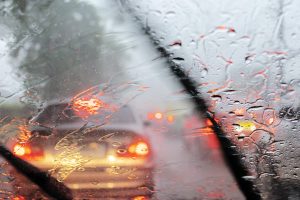 Another rainy season is just around the corner here for us in Southwest Florida, where an average of 56 inches of rain falls annually. Just as safely navigating snow and ice are critical skills for drivers up north, careful driving in severe thunderstorms is imperative for motorists in South Florida. As a longtime
Another rainy season is just around the corner here for us in Southwest Florida, where an average of 56 inches of rain falls annually. Just as safely navigating snow and ice are critical skills for drivers up north, careful driving in severe thunderstorms is imperative for motorists in South Florida. As a longtime 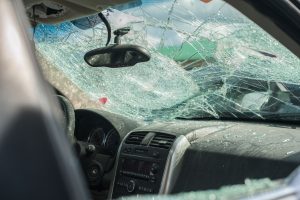 As a longtime
As a longtime 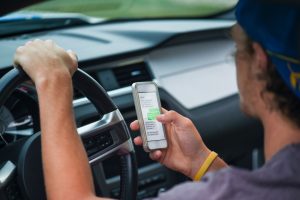 Food delivery services, such as Uber Eats, Grubhub, and DoorDash, have been doing booming business in recent years. The online food delivery industry is now generating
Food delivery services, such as Uber Eats, Grubhub, and DoorDash, have been doing booming business in recent years. The online food delivery industry is now generating 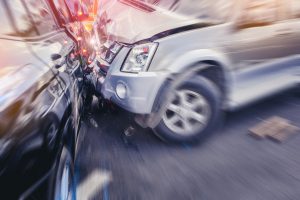 When Florida crash injuries are significant and lasting, it is necessary to analyze all potential avenues of financial recovery. In some cases, that may include claims against car manufacturers for dangerous vehicle design. These types of tort claims are referred to as product liability lawsuits.
When Florida crash injuries are significant and lasting, it is necessary to analyze all potential avenues of financial recovery. In some cases, that may include claims against car manufacturers for dangerous vehicle design. These types of tort claims are referred to as product liability lawsuits.






